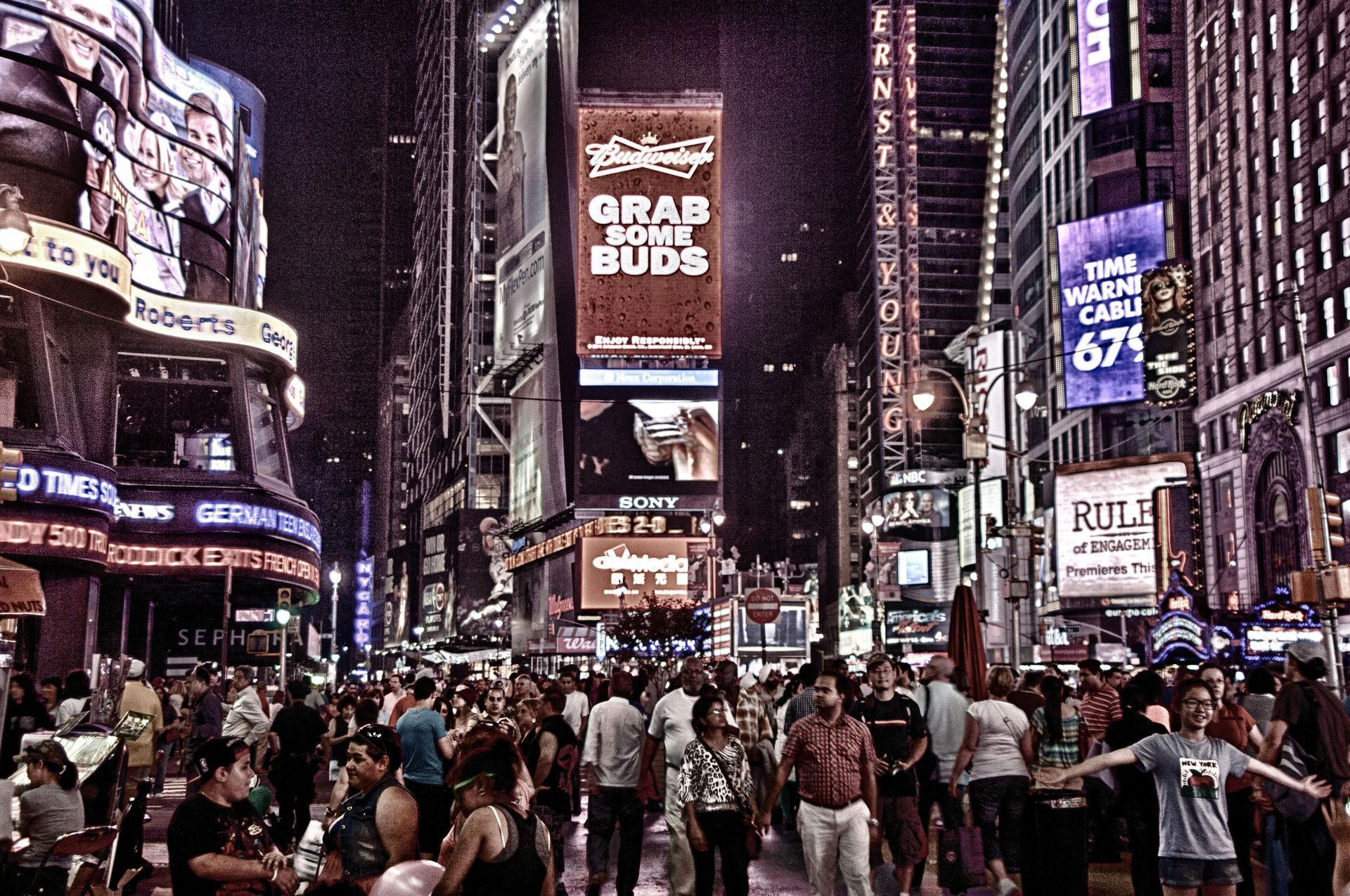Examples of Installation Art

Installation art is a fascinating and immersive form of artistic expression that captivates viewers through its ability to transform spaces and engage the senses. In this article, we will explore the world of installation art, its historical roots, notable artists and works, as well as the impact it has had on the art world. Whether you're an art enthusiast or simply curious about this unique art form, join us on a journey through the diverse and thought-provoking realm of installation art.
1. Introduction to Installation Art
Installation art is an innovative and multidisciplinary art form that breaks away from traditional boundaries by encompassing various mediums such as sculpture, performance, video, sound, and more. Unlike conventional artworks that can be displayed on walls or pedestals, installation art encompasses the entire space it occupies, transforming it into an interactive and immersive experience for the viewer.
2. Definition and Characteristics of Installation Art
Installation art can be defined as a three-dimensional artwork that is created and exhibited in a specific space, often temporarily. It blurs the lines between art and the viewer's environment, inviting them to engage physically, emotionally, and intellectually. The key characteristics of installation art include site specificity, audience interaction, and the use of multiple sensory elements to create a complete experience.
3. Historical Background of Installation Art
The roots of installation art can be traced back to the early 20th century, with movements such as Dadaism and Surrealism challenging traditional notions of art and exploring new ways of expression. However, it was in the 1960s and 1970s that installation art truly emerged as a distinct form, with artists like Allan Kaprow and Yayoi Kusama pushing the boundaries of what art could be.
4. Famous Installation Artists and Their Works
The world of installation art is populated with visionary artists who have left an indelible mark on the art world. One such artist is Christo and Jeanne-Claude, known for their large-scale environmental installations like "The Gates" in Central Park. Another notable artist is Yayoi Kusama, famous for her immersive infinity mirror rooms that transport viewers into a realm of infinite reflections.
5. The Impact of Installation Art on the Art World
Installation art has had a profound impact on the art world, challenging traditional exhibition formats and expanding the possibilities of artistic expression. By breaking away from the confines of the gallery space, installation art invites a wider audience to engage with art and sparks conversations about social, political, and environmental issues.
6. Different Types of Installation Art
Installation art encompasses a diverse range of styles and approaches. Some installations focus on transforming indoor spaces, while others utilize outdoor environments or public spaces. Interactive installations invite viewers to participate actively, blurring the boundaries between artist and audience. Multimedia installations incorporate various mediums to create a multisensory experience.
7. The Process of Creating Installation Art
Creating installation art is a complex and iterative process that involves conceptualization, planning, and execution. Artists must consider various factors such as the site, materials, and intended audience when bringing their vision to life. Collaboration with architects, engineers, and other specialists may also be required to ensure the successful realization of the artwork.
8. Challenges and Considerations in Installing Art
Installing large-scale or site-specific installations presents unique challenges. Artists and curators must navigate logistical hurdles, obtain necessary permissions, and address technical considerations. Conservation and preservation of installations also pose challenges, as some artworks are designed to be temporary or ephemeral.
9. How Installation Art Engages the Audience
One of the distinguishing features of installation art is its ability to engage the audience actively. Viewers are encouraged to explore the artwork, interact with the space, and become part of the artistic experience. This direct involvement fosters a deeper connection and emotional response, making installation art a powerful tool for communication and self-reflection.
10. The Role of Technology in Installation Art
Technology has played a significant role in the evolution of installation art. Artists now incorporate digital elements, interactive interfaces, and augmented reality to enhance the immersive experience. Technology also enables the documentation and preservation of installation artworks, ensuring their legacy persists beyond their physical existence.
11. Examples of Installation Art in Public Spaces
Public spaces provide a canvas for large-scale and accessible installation art. Artists have transformed parks, streets, and urban landscapes into temporary art galleries, inviting communities to engage with art in unexpected ways. An example is Antony Gormley's "Another Place," featuring a series of iron figures placed along a beach, interacting with the ebb and flow of the tide.
12. Environmental and Sustainability Aspects of Installation Art
Many installation artists embrace sustainability and environmental consciousness in their works. Installations may incorporate recycled materials, promote ecological awareness, or address pressing issues like climate change and pollution. By harnessing the power of art, these installations raise awareness and inspire action towards a more sustainable future.
13. Installation Art in the Digital Age
The digital age has opened up new possibilities for installation art. Artists now experiment with virtual and augmented reality, creating immersive digital installations that can be experienced through screens or specialized devices. These digital artworks challenge our perception of space and offer a glimpse into the future of artistic expression.
14. Criticism and Controversy Surrounding Installation Art
Like any art form, installation art has not been immune to criticism and controversy. Some argue that it lacks permanence and traditional artistic craftsmanship. Others question the commercialization and commodification of installations. However, these debates fuel discussions and contribute to the ongoing evolution of installation art.
15. Conclusion
Installation art is a dynamic and ever-evolving art form that continues to push the boundaries of creativity and audience engagement. Its ability to transform spaces, provoke emotions, and inspire dialogue makes it a captivating and influential genre. Whether encountered in a gallery, public space, or through digital platforms, installation art invites us to see the world through a different lens and explore the possibilities of artistic expression.
FAQs
1. What is the purpose of installation art?
Installation art aims to create immersive experiences, challenge traditional exhibition formats, and provoke emotional and intellectual responses from the audience.
2. How long do installation artworks usually last?
The duration of installation artworks varies. Some installations are temporary and meant to exist for a specific period, while others can be permanent or adapt to different locations.
3. Can anyone create installation art?
Installation art requires artistic vision, technical skills, and a deep understanding of space and materials. While anyone can attempt to create installations, experienced artists often excel in this medium.
4. Is installation art only meant for art enthusiasts?
Not at all. Installation art aims to engage a wide range of viewers, including those who may not have a background in art. Its immersive and interactive nature makes it accessible and engaging for diverse audiences.
5. How can I experience installation art?
You can experience installation art by visiting galleries, museums, public spaces, or exploring digital platforms that showcase virtual installations. Keep an eye out for exhibitions and events that feature installation artworks.
TALK TO A PRO
We're here to bring your brand to life!
Stay Connected with BrandXR
Thank you for signing up to our monthly newsletter.
Please try again later.
Create Augmented Reality for Free!
Create, Publish, and Measure 3D Augmented Reality Experiences Without Having to Code.










SUPPORT
Detroit
Saudi Arabia
BrandXR. All Rights Reserved. Website designed by Unleash Media.




